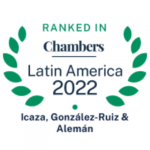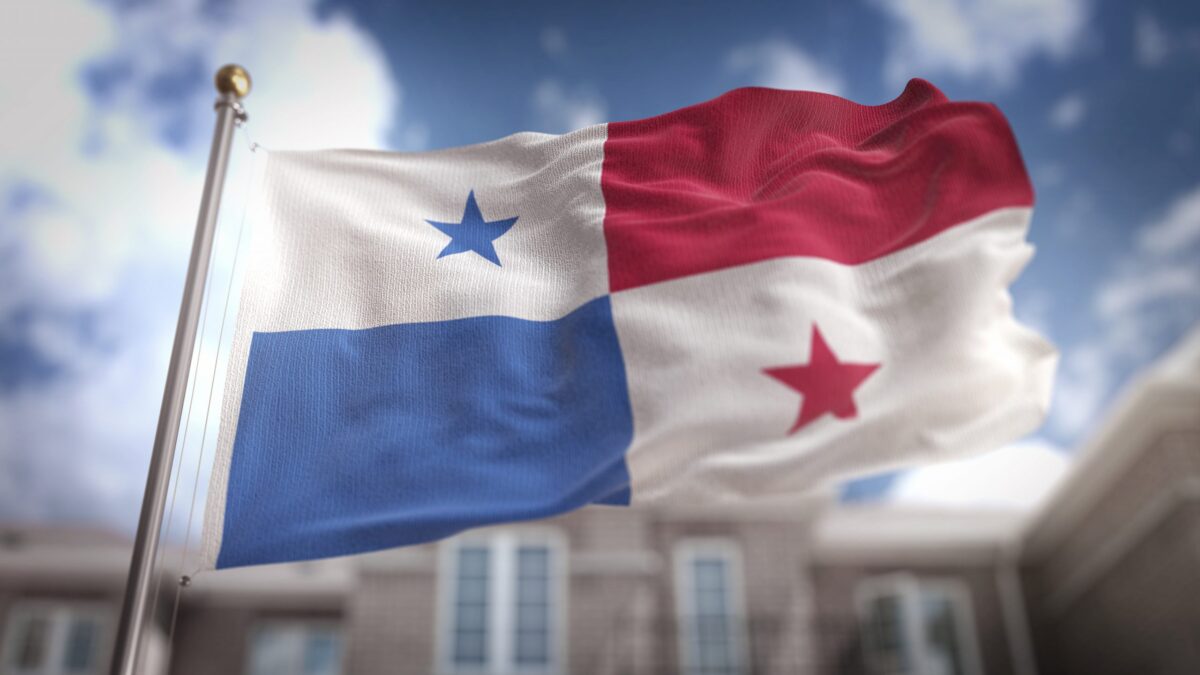
Icaza, González-Ruiz & Alemán ranked in Chambers Latin America 2022
06/09/2021Panama introduces Paternity Privileges
27/09/2021Updated entry requirements for Panama as of September 15, 2022
Through Executive Decree No. 122 of September 14, 2022, the Panamanian government ordered the lifting of the sanitary measures of physical distancing, capacity and sanitary restrictions for travelers issued due to COVID-19.
Therefore, Panama does not require COVID testing, vaccination cards, COVID travel insurance, special entry forms, or quarantine to enter the country.
The use of masks is mandatory only in public transportation and hospitals.
REQUIREMENTS: AUGUST 2021
- Fully vaccinated travellers (14 days after the last dose) registered digitally or who show their vaccination card upon entry are exempt from getting a COVID-test on entry and from the 72-hour preventive quarantine.
- Non-fully vaccinated travellers from low-risk countries: Must present a negative COVID-19 test upon entry.
- Non-fully vaccinated travellers from high-risk countries: Must present a negative COVID-19 test and undergo a 72-hour preventive quarantine.
Residents and nationals can quarantine at home, while tourists must quarantine at authorized hotels.
Passengers under 12 years old are exempt from taking the COVID-19 test and preventive quarantine if their parents, tutors or caretakers comply with the requirements established according to the risk level of their country of origin.
Former update – New entry requirements for Panama as of July 26, 2021
For Fully Vaccinated passengers as of Monday, July 26, 2021:
- Passengers must present a COVID-19 vaccination card that indicates the record of the last dose at least 14 days prior to arrival in Panama. Passengers must upload the COVID-19 vaccination card in the health declaration form before traveling. In addition, upon arrival, the traveler must physically present the vaccination card or the Digital Certificate issued by the competent authority.
- Passengers must upload a negative COVID-19 test (PCR or antigen) in the health declaration form up to 72 hours before entering Panama. Additionally, the passenger must present the negative test upon arrival.
- Passengers who meet requirements 1 and 2 ( vaccination and negative test) from Non-High-Risk countries will not need to carry out a second COVID-19 test at entry or to quarantine.
- For passengers who meet requirements 1 and 2 (vaccination and negative test) from countries that the Ministry of Health of Panama (MINSA) identifies as *High Risk, a second COVID-19 test must be performed at the country’s entry points, at the passenger’s expense, and if negative, they will not need to quarantine.
- If the traveler does not have a negative COVID-19 test performed a maximum of 72 hours before traveling, it will be mandatory to undergo testing at the country’s entry points. The passenger must cover the cost of this test. If the test is positive, the passenger must comply, at their own expense, with the quarantine established by the MINSA.
For Unvaccinated Travelers:
- The passenger must upload a negative COVID-19 test (PCR or antigen) in the health declaration form up to 72 hours before entering Panama.
- Passengers traveling from Non-High-Risk countries must present a negative COVID-19 test (PCR or antigen) performed up to 72 hours prior to arrival. If they do not present the test, they will have to carry out a test at the country’s entry points upon arrival, at the traveler’s expense. If the test result is negative, they will not have to quarantine.
- Passengers traveling from High-Risk countries must undergo a second COVID-19 test at the points of entry to the country, and if negative, they will have to comply with three (3) days of quarantine at the cost of the passenger as of Monday, August 9, 2021.
Surveillance Hotels authorized by the government to carry out the 3-day quarantine:
- Westin Panama
- Westin Playa Bonita
- The Bristol Panama
- Wyndham Panama Albrook Mall
- Sortis Hotel
- The Santa Maria Hotel
* To date, Panama considers India, the United Kingdom, South Africa, and countries in South America as high-risk countries.








